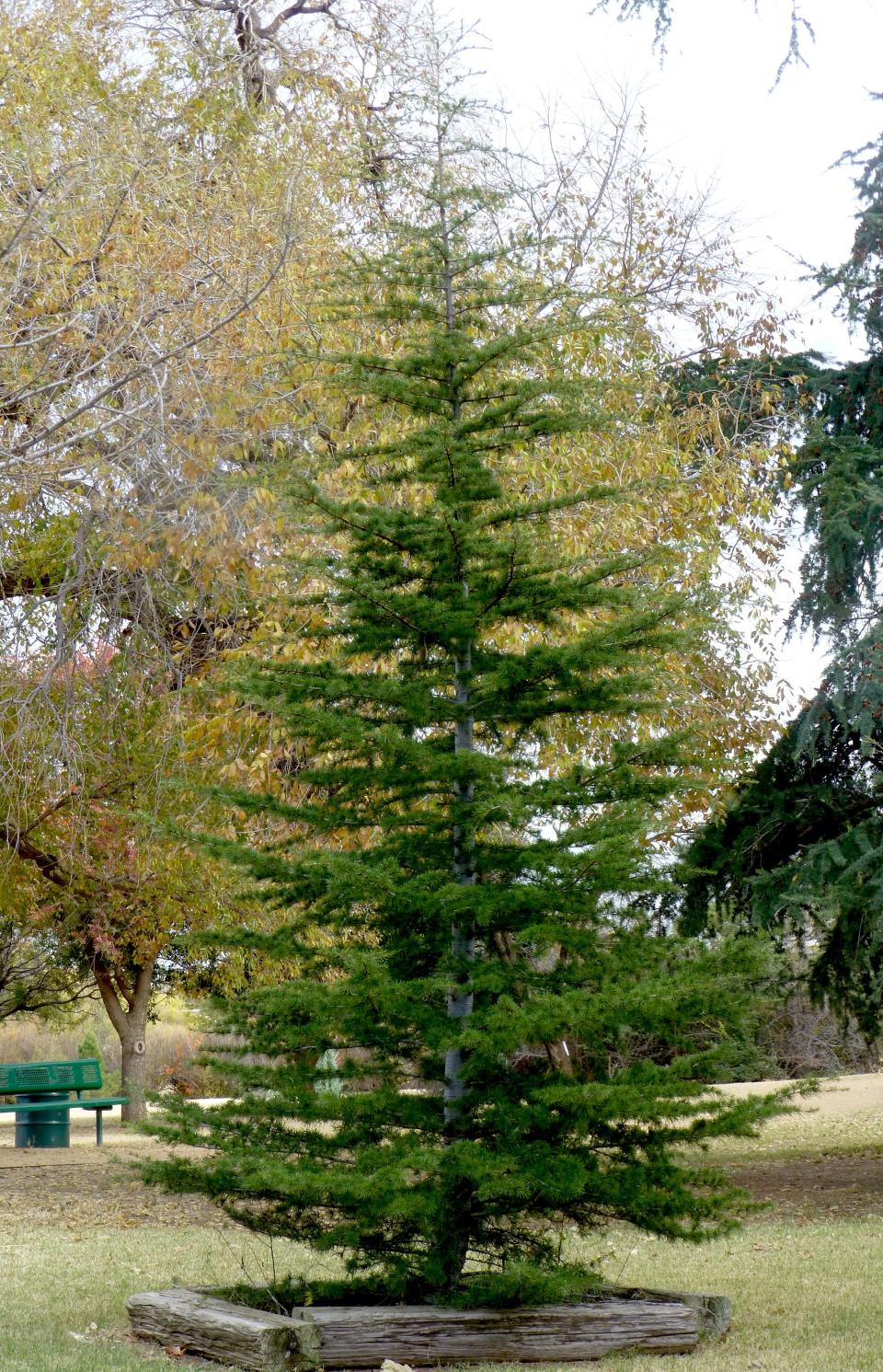Peffley: Deodar cedars for living Christmas trees
More people are switching to live Christmas trees this season. A 2021 survey by the Christmas Tree Promotion Board (CTPB) revealed almost 90% of people who last year bought artificial Christmas trees will this year change to live trees.

The survey was commissioned by the CTPB to learn about consumers’ attitudes and purchase intent related to holiday celebrations. Respondents indicated the natural scent and fun in decorating were favorite reasons for having a real Christmas tree. Many responded they were concerned they may not be able to find the tree they wanted this year, consequently, plan to purchase trees early. The most popular time to buy a tree nationwide is this week – the first week of December.
Why choose a live tree? Three big reasons:
1) Going to get a tree is a top Christmas experience remembered as a child (CTPB research September 2019). A big memory was living trees smell like Christmas!
2) Live trees are good for the environment since most trees grow for about eight years in the field before harvest, providing wildlife habitat, converting carbon dioxide into oxygen, keeping America green, and trees are totally recyclable and biodegradable.
3) Living trees support North American tree farmers. Real trees are grown by real growers who hire local employees while artificial trees are imported from overseas made by foreign workers.

What about the many of us who would like to grow our own living tree for the landscape. One excellent tree is the Deodar cedar.
The Deodar cedar (Cedrus deodara) (Seh-drus or Ke-drus dee-oh-DAR) has the classic Christmas tree form with its strong central leader and horizontal branching pattern.
Deodar cedars are evergreens in the pine family Pinaceae (PINE-ah-see-ah). Along with cedars, other members of Pinaceae are firs, hemlocks, pines, and spruces.
Deodar cedars are sacred in Hinduism. The name "Deodar" is derived from the Sanskrit “devadāru”, meaning "timber or wood of the gods"; also translated as “divine wood” and in India “god tree”. It is the national tree of Pakistan although it is native to the Himalayas. Because of its origin, it is also known as the Himalayan Cedar.
It was introduced to Europe in 1822 and to the United States in 1831. Woody tree expert Michael Dirr has referred to the Deodar cedar as “the most graceful cedar” because of its elegant, slightly weeping branches, attractive bluish-green or grayish-green, 1- to 2-inch needles.
Deodar cedars make outstanding specimen plants. Trees provide nesting sites, cover and food for wildlife with 3- to 6-inch reddish-brown, oval cones.
Gardeners looking for a natural Christmas tree that will live for many years might look at the Deodar cedar. It is adapted to USDA hardiness zones 7-9, has few pests. Wood from Deodar is highly aromatic – smells like Christmas!
Note: Some information from arborday.org; washington.edu
Ellen Peffley taught horticulture at the college level for 28 years, 25 of those at Texas Tech, during which time she developed two onion varieties. She is now the sole proprietor of From the Garden, a market garden farmette. You can email her at gardens@suddenlink.net
This article originally appeared on Lubbock Avalanche-Journal: Peffley: Deodar cedars for living Christmas trees

